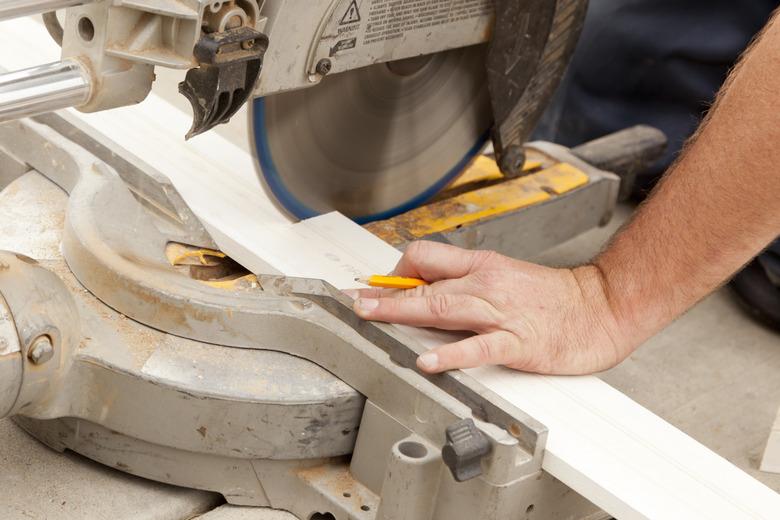How To Find Trim Angles In Carpentry: Easy DIY
The mark of a skilled trim carpenter or a DIYer with a few tricks up their sleeve is flawless angle cuts in molding, baseboards, skirt boards, or any other type of trim. Achieving perfect cuts in trim work starts with finding exact angles. Follow these easy methods to find precise angle measurements for your trim work project.
Make a Template
A simple and effective way to find a trim angle without a fancy tool is to re-create the corner with a template.
- Place a piece of cardboard or heavy-duty paper next to an inside or outside corner, aligning it against the wall where you intend to install the trim.
- Roughly sketch the two sides of the corner onto the cardboard, using a pencil.
- Cut along the pencil lines with scissors or a utility knife. The remaining piece should almost fit into or around the corner.
- Re-fit, mark, and trim additional amounts from the template piece until it fits perfectly in the corner.
- When the template is complete, measure the angle with a standard protractor.
- Divide the result by 2 to create both trim angles.
Use a T-Bevel Tool
A manual T-bevel tool allows you to re-create an angle for measuring or tracing. The tool has a straight handle and a movable metal blade that you adjust to fit the angle; then you lock the blade in place with a thumbscrew.
- Loosen the thumbscrew on the bevel tool.
- Position the tool in or around a corner, adjust it to fit the corner, and tighten the thumbscrew.
- Trace the angle from the tool onto a piece of paper.
- Measure the angle with a protractor and divide by 2 to achieve the cut angle for both sides of the trim.
Use an Angle Finder
There are numerous types and styles of digital angle-finding tools and protractors available.
- Place the digital tool in or around a corner.
- Record the measurement reading.
- Divide the measurement by 2 to find both cut angles.
Use a Contour Gauge
Not every trim cut involves a corner angle. Try a contour gauge if you're replacing a trim piece that ends in the middle of a wall and you need the bevel angle of a scarf joint.
- Press the contour gauge against the existing trim piece and wall until the contour is reflected in the gauge pins.
- Trace the contour onto a sheet of paper.
- Measure the angle with a protractor.
- You're only cutting one piece, so do not divide the angle by 2.
Calculate an Angle
When cutting stair trim, such as skirts and rails, finding the angle of the stairs is key.
- Measure one stair's riser height (rise) and tread depth (run).
- Divide the rise by the run.
- On a scientific calculator, find the inverse tangent of the result.
- Your answer is the degree angle of the stairs. Divide the angle result by 2 to achieve the angle cut of two skirt boards or railing pieces meeting at the top or bottom of the stairs.
